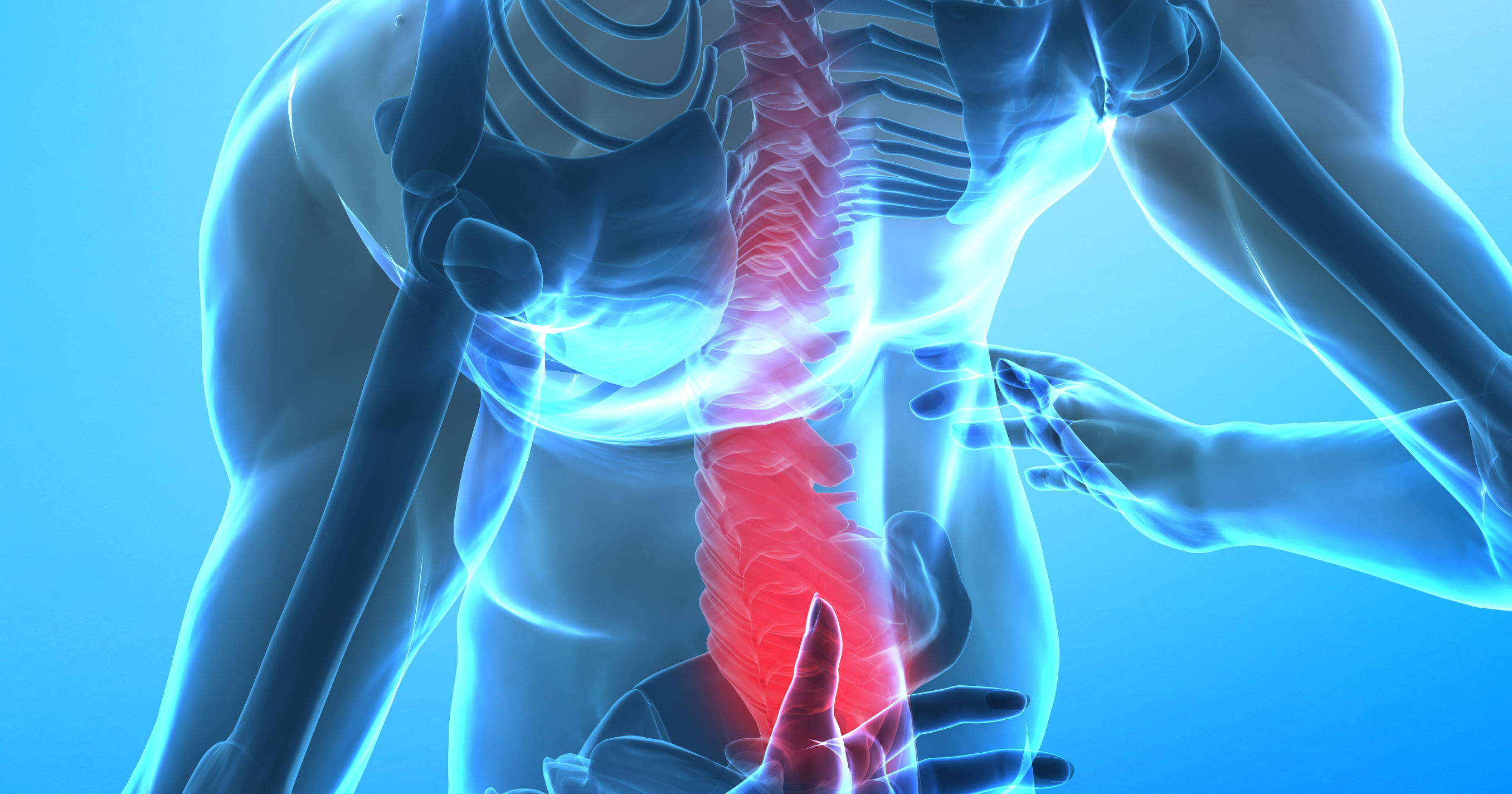January 2, 2013
Starting out this new year with a recent study emphasizing the benefits of exercise may be a little cliche but, nonetheless, very important. This study published in the Archives of Internal Medicine measured the rate of cognitive decline in a group ranging from 70-79 years of age with little physical activity to those in the same age range with more physical activity. Instead of relying on self reporting questionnaires the researchers measured their physical activity expenditure by doubly labeled water, which is considered to be the gold standard measure of total physical activity.
What was found was that those that did more physical activity through exercise and other daily activities showed the slowest rate of cognitive decline when compared to those with little physical activity.
Other studies have shown that exercise increases neural plasticity, which is the ability of nerve tissue to change and respond to outside stimuli. This was once thought to only occur in the young but recent studies have shown that neural plasticity occurs throughout our life allowing us to continually adapt to different situations in life. When we begin to lose neural plasticity we begin neural degeneration which can eventually lead to neurodegenerative diseases such as Parkinson's and Alzheimer's disease. Exercise can play a very important role in helping prevent these degenerative processes from occurring.
So the obvious question is what kind of exercise and how much? First of all there is no one exercise method that works all the time. The reason is that our bodies will eventually adapt to whatever stressor we place on it. The key is to vary your workouts. I am a strong proponent of resistance training such as weights, kettlebells, or resistance bands. There are so many kinds of exercises you can do that it is quite easy to keep your workouts fresh. I am also a proponent of high intensity cardio training. This type of training involves short bursts - 10 to 45 seconds - of exercise such as sprinting or biking followed by a period of rest of 1-2 minutes. This is repeated for a set time such as 10 or 20 minutes. This type of high intensity exercise has been shown to burn fat and lower insulin resistance compared to traditional jogging.
References:
Activity energy expenditure and incident of cognitive impairment in older adults. Arch Intern Med. 2011 Jul 25;171(14):1251-7.
Exercise builds brain health: key roles of growth factor cascades and inflammation. Trends Neurosci. 2007;30(9):464-472.
The effects of high-intensity intermittent exercise training on fat loss and fasting insulin levels of young women. Int J Obes (Lond). 2008 Apr;32(4):684-91



Dr. Groneck
We are dedicated to providing a comprehensive approach to helping you achieve optimal health by looking at the synergy of the whole person, not just a collection of parts. We combine standard medical testing with functional medicine testing to gain an in-depth understanding of what is wrong and, equally important, how to fix it.